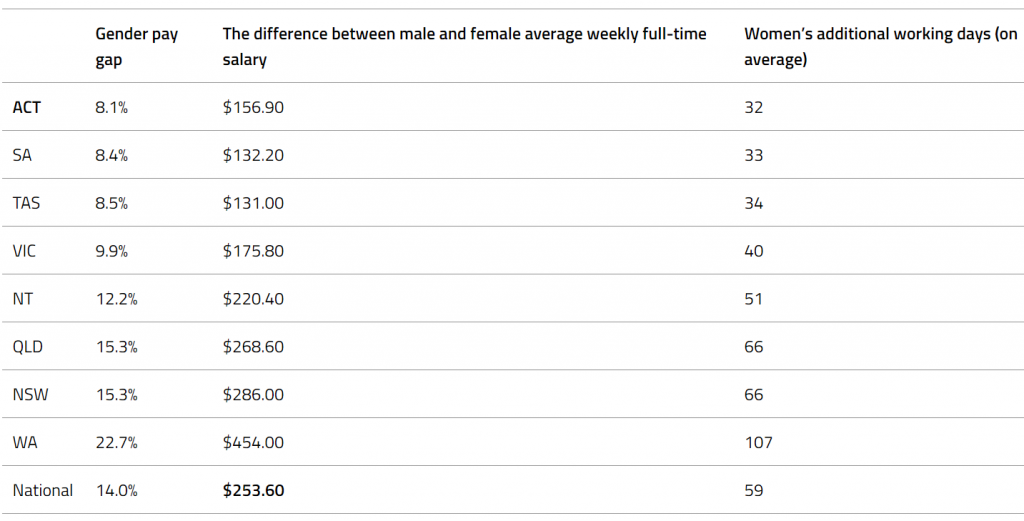Human Resources
Women worked an extra 59 days to earn the same as their male colleagues
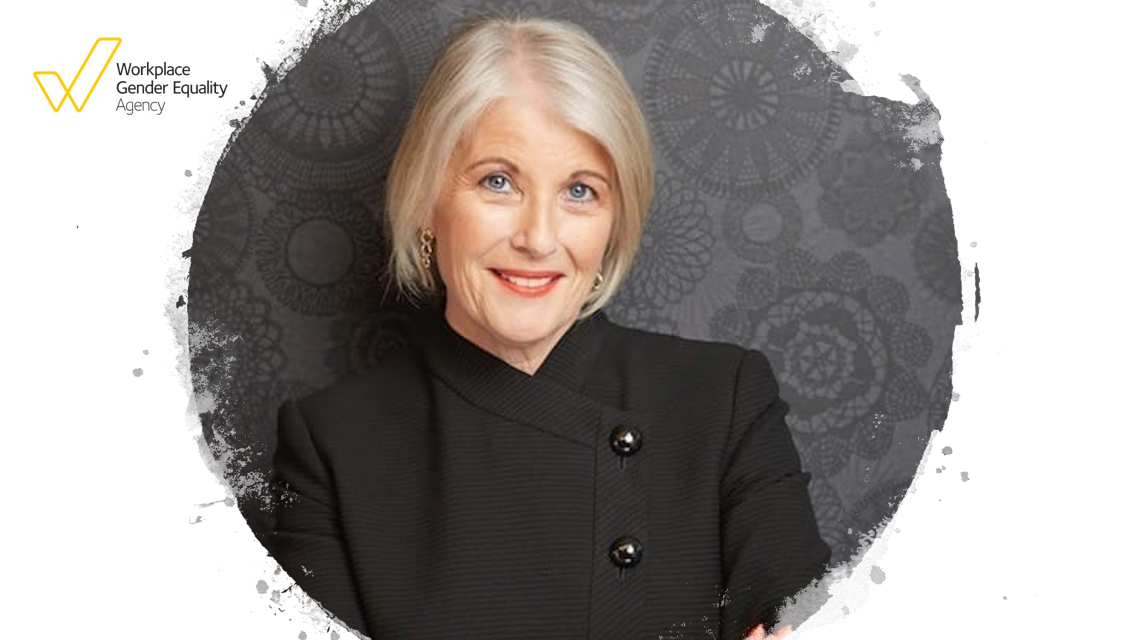
Human Resources: The new national gender pay gap for the six months to May 2020 is 14.0%. Equal Pay Day, on 28 August, marked the 59 additional days Australian women worked to earn the same as men in the same year.
In every state and territory of Australia, women are dealing with the consequences of pay gaps favouring men, said Libby Lyons, Director of the Workplace Gender Equality Agency (WGEA). “That we still have a gender pay gap clearly shows that women and men do not have equal standing in the Australian workforce. Data would suggest that the COVID-19 pandemic has affected women and men differently. More Australian women than men have lost their jobs since COVID-19 struck. A number of female-dominated industries have suffered the worst of the job losses. All the evidence we have suggests that COVID 19 is seriously jeopardising women’s long-term economic and financial security and workforce participation.”
NSW, WA and QLD gender pay gaps are above the national average of 14%.
“This is why I am again urging employers to ensure that gender equality is a top business priority in their organisations. I know many employers are doing it tough right now. However, it is critical that the COVID-19 crisis does not see a decline in the many gains we have all worked so hard to achieve over the last few years, such as more women in leadership roles. Women now comprise 39.4% of all managers in WGEA’s dataset,” said Ms Lyons.
“Over the period of the GFC, our last economic downturn, the gender pay gap shot up from 15.6% in November 2007 to 17.6% in November 2009. It took us 10 years to bring that pay gap back down to where it is today. We cannot afford to see a repeat of this as we face our first economic recession in almost 30 years. It will be a disaster for the economy and a calamity for Australian women.
“Gender equality IS good for business. The 2020 Gender Equity Insights Report we recently released proved beyond all doubt that more gender-balanced leadership in an organisation delivers better company performance, improved productivity and greater profitability. We now know categorically that gender equality is a commercial imperative and provides organisations with a competitive edge over their business rivals. This report shows that reverting to previous work habits and ways is not an option. Gender equality is central to our economic recovery. Women and men must have an equal opportunity to re-engage and participate in the workforce as we move into the recovery phase.
“Pursuing improved gender equality outcomes in Australian workplaces is also one of the fastest ways to close this nation’s persistent gender pay gap. Addressing pay equity and ensuring the work of female employees is valued and rewarded equitably is a great place to start,” she said.
“Do that pay gap analysis and take action on the findings. Set targets, measure your progress, make people accountable for the outcomes and report the results to your board and executive team. Make sure all of your employees – women and men – have equal access to flexible work and paid parental leave. If all employers do this, the pay gap will continue to head south,” concluded Ms Lyons.
About the national gender pay gap
The national gender pay gap measures the difference between the average weekly full-time base salary earnings of women and men, expressed as a percentage of men’s earnings. It is a measure of women’s overall position in the paid workforce and does not compare like roles.
Key facts
- The national gender pay gap is 14.0%.
- On average, women working full-time earned $1558.40 while men working full-time earned $1812.00.
- Full-time average weekly earnings difference between women and men is $253.60.
Medical
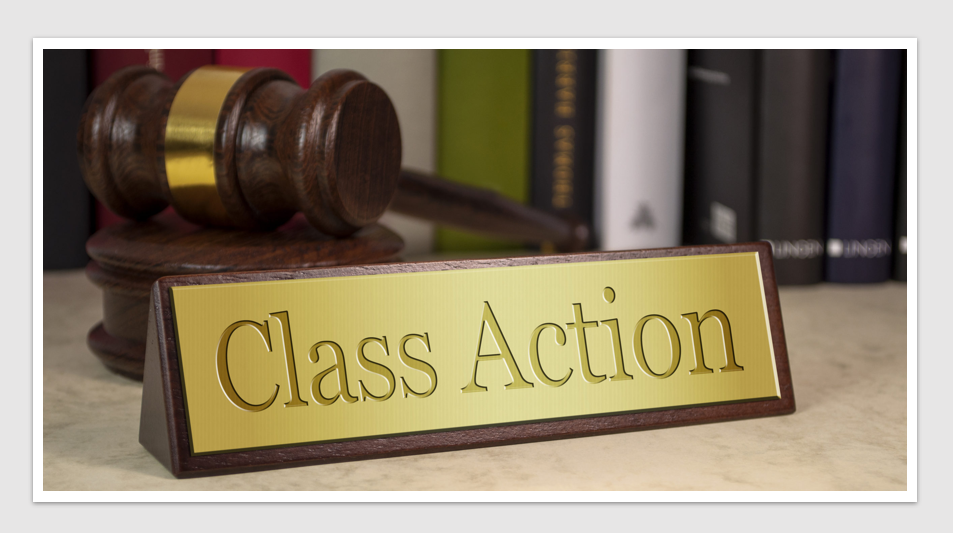
NSW Health to settle ‘largest’ class action
A class action alleging NSW Health underpaid clinicians has settled after the department agreed to a payout of nearly a […]
MoreNews & Trends - Pharmaceuticals
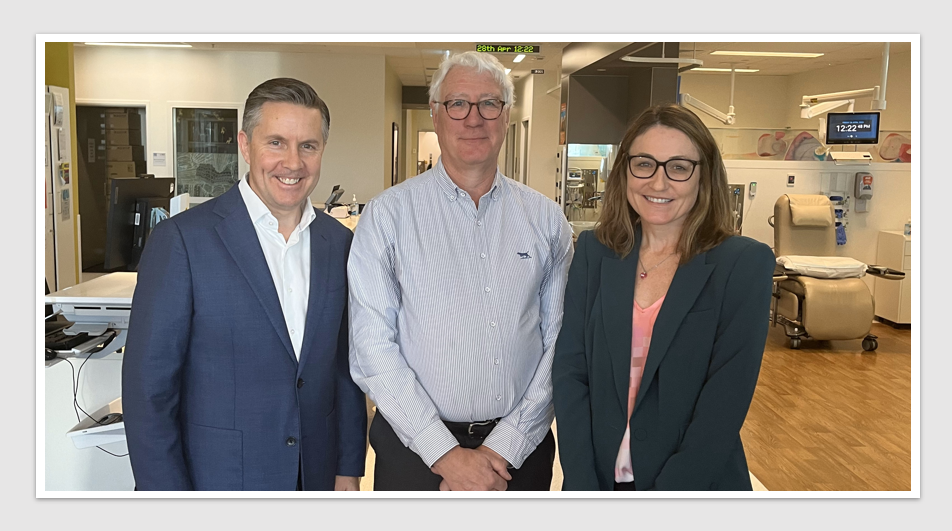
Lilly’s first-in-class therapy PBS listed for early breast cancer after 15-year gap
Pharma News: Australians diagnosed with early-stage breast cancer, particularly those at high risk of recurrence, will gain access to the […]
MoreNews & Trends - Pharmaceuticals
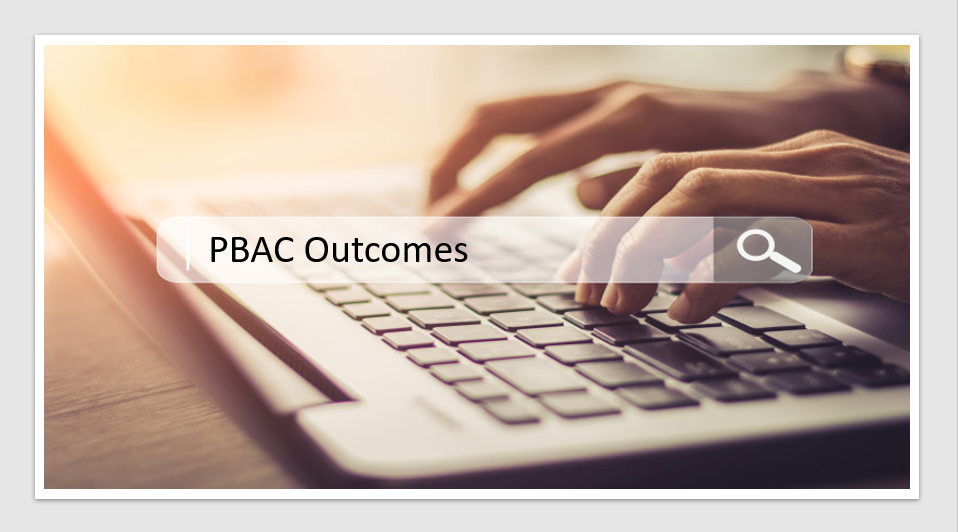
AstraZeneza secures four PBAC nods in oncology, diabetes, kidney and rare diseases
Pharma News: AstraZeneca has scored four positive Pharmaceutical Benefits Advisory Committee (PBAC) recommendations following the March meeting. These recommendations, spanning […]
MoreNews & Trends - Pharmaceuticals
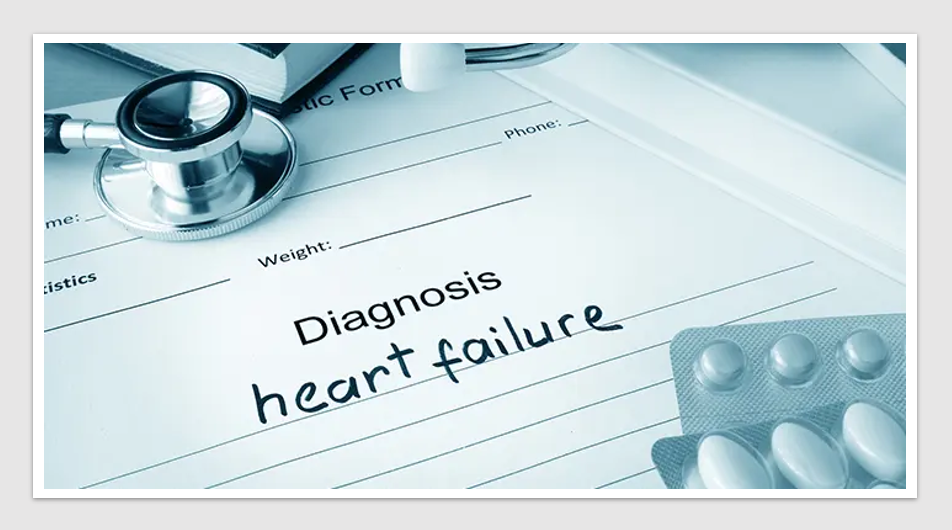
PBAC recommendation to reshape prescribing in heart failure
Pharma News: Aligned with the government’s Scope of Practice Review, the Pharmaceutical Benefits Advisory Committee (PBAC) has made a practice-changing […]
More